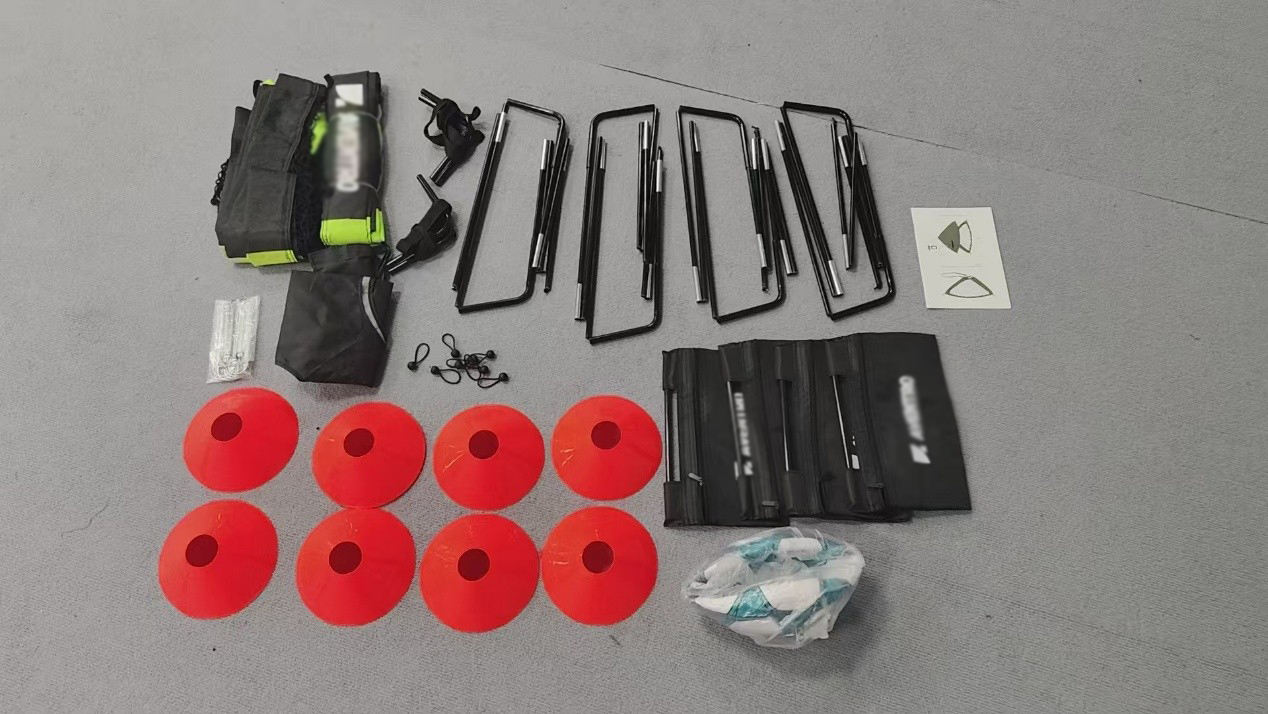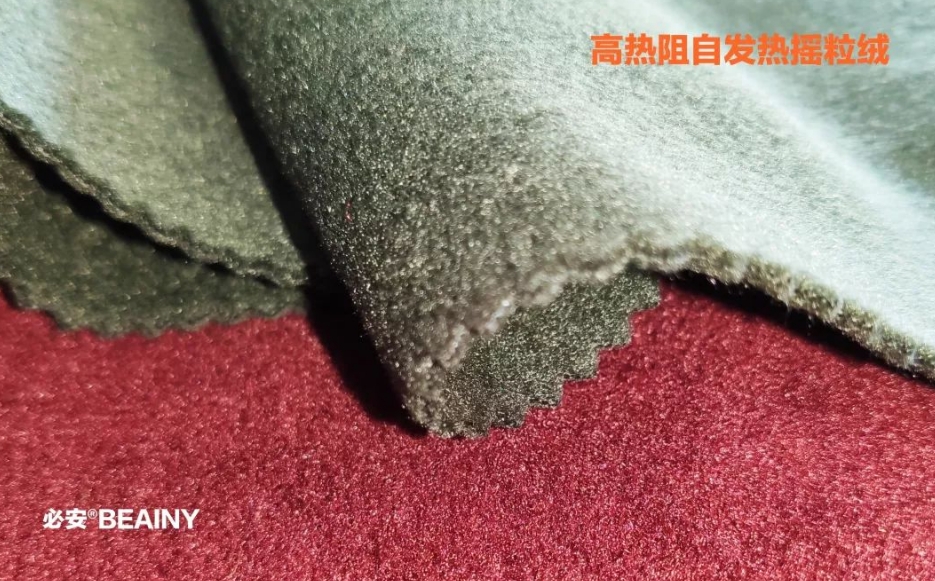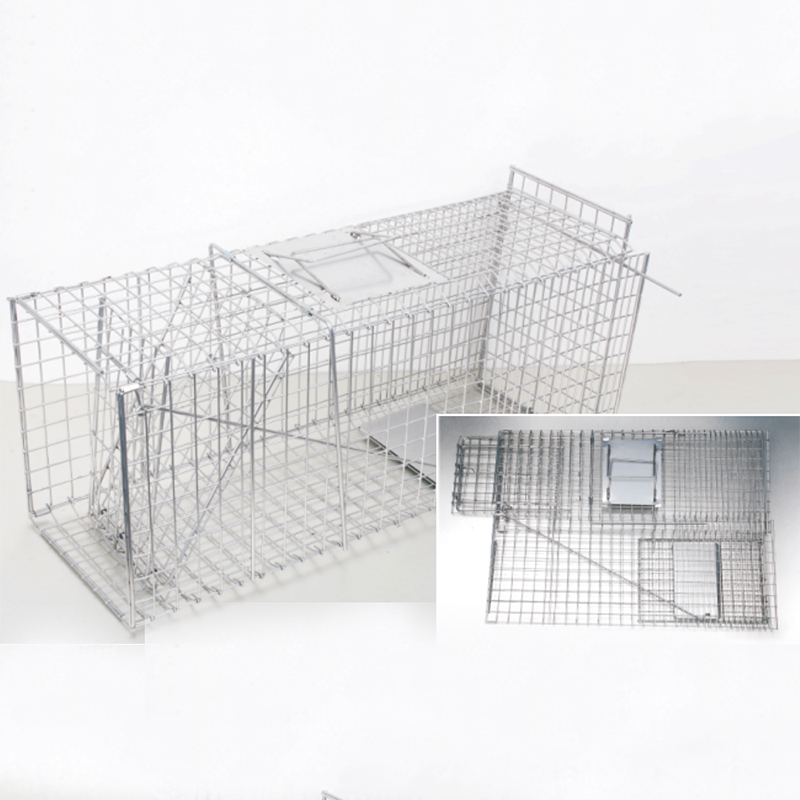The two main differences are as follows:
1. The ingredients are different. Lead-free glass generally contains potassium, most of which are high-end handicrafts and are marked on the outer packaging, while lead-containing glass contains lead, that is, crystal glassware commonly found in some supermarkets and street stalls, and its lead oxide content can reach 24%.
2. The refractive index is different. Lead-free glass has better refractive index than traditional lead-containing crystal glass, and more perfectly shows the refractive performance of metal glass; for example, some ornaments of various shapes, crystal wine glasses, crystal lamps, etc. are made of lead-containing glass.
3. Different heat resistance. Glass can generally withstand very high temperatures, but generally has poor resistance to extreme cold and heat. Lead-free crystal glass is a glass with a high expansion coefficient, and its resistance to extreme cold and heat is even worse. If you make tea with boiling water in a particularly cold lead-free glass, it is easy to burst.
4. Different impact resistance. Lead-free glass is more tough than lead-containing crystal glass, that is, impact resistance.
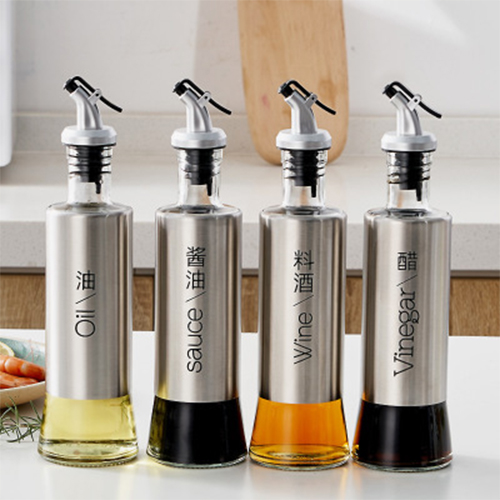
Extended information
Good glass products should have the following characteristics:
1) It is colorless and transparent or slightly greenish.
2) The thickness of the glass should be uniform, and the size should be standardized.
3) There are no or less defects such as bubbles, stones, waves, and scratches.
When purchasing glass, the user can put the two pieces of glass flat together to make them match each other.
In addition, it is necessary to carefully observe whether there are bubbles, stones, waves, scratches, etc. in the glass. The distance between the good quality glass is 60 cm, and the backlight is observed with the naked eye. Large or concentrated bubbles are not allowed, and no corners or cracks are allowed. The maximum angle of the wave bars and lines on the glass surface should not exceed 45 degrees; it is better to have less scratches and sand.
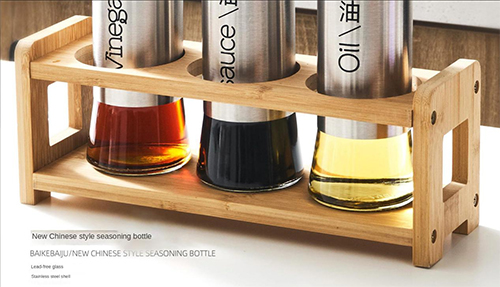

 English
English Español
Español Português
Português русский
русский français
français 日本語
日本語 Deutsch
Deutsch Tiếng Việt
Tiếng Việt Italiano
Italiano Nederlands
Nederlands ไทย
ไทย Polski
Polski 한국어
한국어 Svenska
Svenska magyar
magyar Malay
Malay বাংলা
বাংলা Dansk
Dansk Suomi
Suomi हिन्दी
हिन्दी Pilipino
Pilipino Türk
Türk Gaeilge
Gaeilge عربى
عربى Indonesia
Indonesia norsk
norsk اردو
اردو čeština
čeština Ελληνικά
Ελληνικά Українська
Українська Javanese
Javanese فارسی
فارسی தமிழ்
தமிழ் తెలుగు
తెలుగు नेपाली
नेपाली Burmese
Burmese български
български ລາວ
ລາວ Latine
Latine Қазақ
Қазақ Euskal
Euskal Azərbaycan
Azərbaycan slovenský
slovenský Македонски
Македонски Lietuvos
Lietuvos Eesti Keel
Eesti Keel Română
Română Slovenski
Slovenski मराठी
मराठी Српски
Српски 简体中文
简体中文 Esperanto
Esperanto Afrikaans
Afrikaans Català
Català עִברִית
עִברִית Cymraeg
Cymraeg Galego
Galego 繁体中文
繁体中文 Latvietis
Latvietis icelandic
icelandic יידיש
יידיש Беларус
Беларус Hrvatski
Hrvatski Kreyòl ayisyen
Kreyòl ayisyen Shqiptar
Shqiptar Malti
Malti lugha ya Kiswahili
lugha ya Kiswahili አማርኛ
አማርኛ Bosanski
Bosanski Frysk
Frysk ជនជាតិខ្មែរ
ជនជាតិខ្មែរ ქართული
ქართული ગુજરાતી
ગુજરાતી Hausa
Hausa Кыргыз тили
Кыргыз тили ಕನ್ನಡ
ಕನ್ನಡ Corsa
Corsa Kurdî
Kurdî മലയാളം
മലയാളം Maori
Maori Монгол хэл
Монгол хэл Hmong
Hmong IsiXhosa
IsiXhosa Zulu
Zulu Punjabi
Punjabi پښتو
پښتو Chichewa
Chichewa Samoa
Samoa Sesotho
Sesotho සිංහල
සිංහල Gàidhlig
Gàidhlig Cebuano
Cebuano Somali
Somali Точик
Точик O'zbek
O'zbek Hawaiian
Hawaiian سنڌي
سنڌي Shinra
Shinra հայերեն
հայերեն Igbo
Igbo Sundanese
Sundanese Lëtzebuergesch
Lëtzebuergesch Malagasy
Malagasy Yoruba
Yoruba






